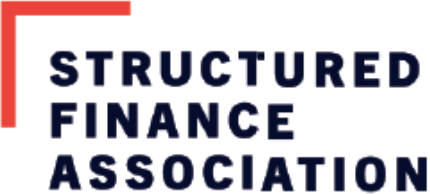
Capital & Other Bank Regulations
Bank capital regulations are vital to the safety and soundness of our economy by ensuring unintended consequences do not impede economic growth.

Overview
SFA is focused on the impact of regulatory capital and liquidity rules – whether new via proposed regulation or legislative action – and related bank regulatory developments. We are especially focused on implications for the securitization market, as well as on the follow-on effects of these policies for bank lending and availability of credit for consumers and small businesses.
SFA’s Corporate Transparency Act working group has produced a set of Frequently Asked Questions that communicate member consensus views about issues arising from the statute and FinCEN’s Beneficial Ownership Information Reporting Rule that are particularly relevant to the structured finance industry. Topics include: (1) whether an entity can claim the subsidiary exemption from the rule, (2) to what extent individuals associated with securitization issuing entities have “substantial control” over those entities, and (3) whether a repo counterparty financing the equity of a securitization entity might become the “owner” of such entity and jeopardize its eligibility for the subsidiary exemption.
Publications & Resources
SFA Responds to NAIC’s Written Comments on Holistic Framework on Insurers Investments
April 25, 2024

News
Stress from Commercial Real Estate Will Persist
Regional banks are being disproportionately impacted by the deterioration in the CRE market and are increasing their credit loss provisions for these loans. Market downturns…
Key Threats Still Exist in the Financial System
The Financial Stability Board (FSB) is warning that an increase in shadow banking, or the movement of financial activity outside of the regulated banking system,…
Federal Reserve Keeps Interest Rates Steady
On June 12, the Federal Reserve voted to keep the federal funds rate in the range of 5.25%-5.5%. The Fed’s post meeting statement acknowledged that while inflation…
Automobile Associations File Suit Against FTC on Recently Finalized CARS Rule
The National Automobile Dealers Association (NADA) alongside the Texas Automobile Dealers Association (TADA) has filed a federal legal challenge against the FTC’s rule to combat…
Fannie Mae Expands Alternatives to Title Insurance
In a move that is intended to lower borrowing costs for homeowners, Fannie Mae plans to expand the acceptance of attorney-opinion letters as an alternative…




